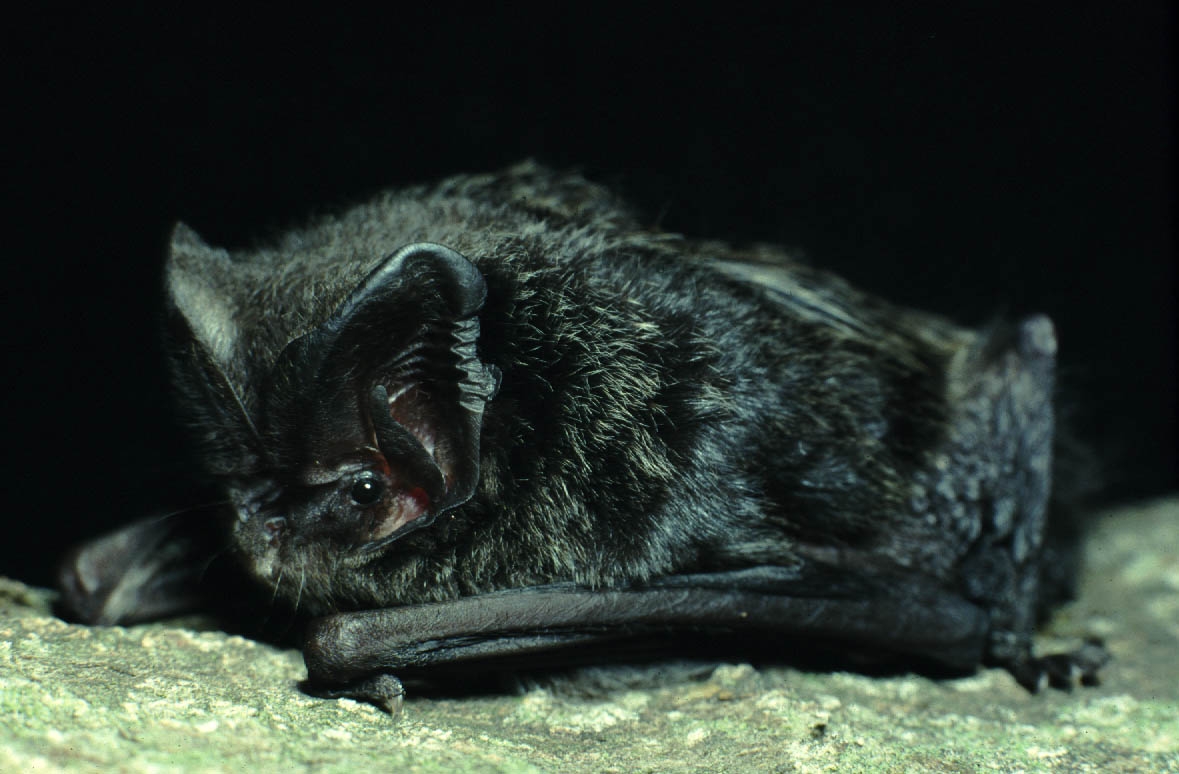

DNA analysis for species identification
In partnership with Ecotype Genetics Limited, we are pleased to offer a rapid and reliable species identification service using targeted qPCR analysis for individual species of UK bats, small mammals, selected carnivores and squirrels1. For any other species we use standard PCR sequencing in conjunction with BLAST searches against the GenBank DNA database.
As well as the standard service (10 working day turnaround) we also provide an Express service2, 3 (3 working days from receipt of samples at the lab). In addition, for bats and small mammals we provide a Multiple species identification service for samples which may contain faecal matter from more than one species.
For full details including pricing please see our Guidance/FAQs. If you have any questions or queries, or need something more bespoke, please contact us at and we will do our best to help.- For the full list of species for which qPCR is available please see our guidance document via the link above.
- The Express service is only available for species in groups A-D (i.e. for which qPCR primers are available)
- The Express service is not available at certain times of the year. Please see the online form for the Service Status.

Most British mammals, including all bat species, can be identified through the analysis of droppings and other material. We are currently the only DNA analysis service that can use targeted quantitative PCR (qPCR) analyses to identify all UK bat species. The main advantage of using qPCR is that it enables the identification of multiple bat species within one sample. It is also quicker, more sensitive and more precise than traditional sequencing methods.
Bat dropping analysis can be particularly useful for winter bat surveys of buildings and for separating the Myotis and Plecotus species. One dropping may be all that is needed, provided there is enough genetic material in the sample. Other particularly useful applications have been the testing of possible dormouse droppings found within nest tubes; separation of grey and red squirrels; and the identification of pine marten scats - notoriously difficult to distinguish from fox scats even by experts. We may also be able to offer a bespoke analysis for different species, for example non UK mammals. Please contact us directly if you are interested.
The standard price is £55 plus VAT per sample, but discounts are available for multiple samples and for non-commercial work (e.g. bat groups, scientific research).
Samples should be sent using the postal service or by courier.
For any further DNA questions please use the dedicated DNA email address .
Please note that unfortunately we do not offer a service for eDNA testing for great crested newts.

"Please pass our thanks to Mike for his swift and professional action on this, very very much appreciated. We really couldn't have dreamt of a better service"

RECENT NEWS
Swift Ecology & Ecotype Genetics DNA Analysis Service in 2022
In 2022 our species identification service analysed over 1500 samples confirming the identity of 17 species of bat and 9 small mammal species, as well as pine marten, fox, grey squirrel and several other mammal and bird species.
Unsurprisingly the most commonly identified bat species from submitted samples were brown long-eared bat and common pipistrelle. However, among our more unusual results were the identification of 31 samples from grey long-eared bat, 12 from Alcathoe, 2 from Kuhl's pipistrelle and one each from Nathusius' pipistrelle and Leisler's bat.
The highest number of species we have identified from a single submitted sample using the Multiple species identification service method is 6!
Overall our success rate for species ID of samples in 2022 was 97%. The majority of failures were from samples which failed to yield DNA of a sufficient quality and/or quantity for analysis (please see our guidance document for how best to preserve samples prior to submission).
Greater white-toothed shrew
In 2022 Ecotype Genetics undertook DNA analysis on tissue from a dead shrew found in north-east England and confirmed it to be from greater white-toothed shrew Crocidura russula. This is the first record of this species from mainland Britain. See the press release from the Mammal Society here.